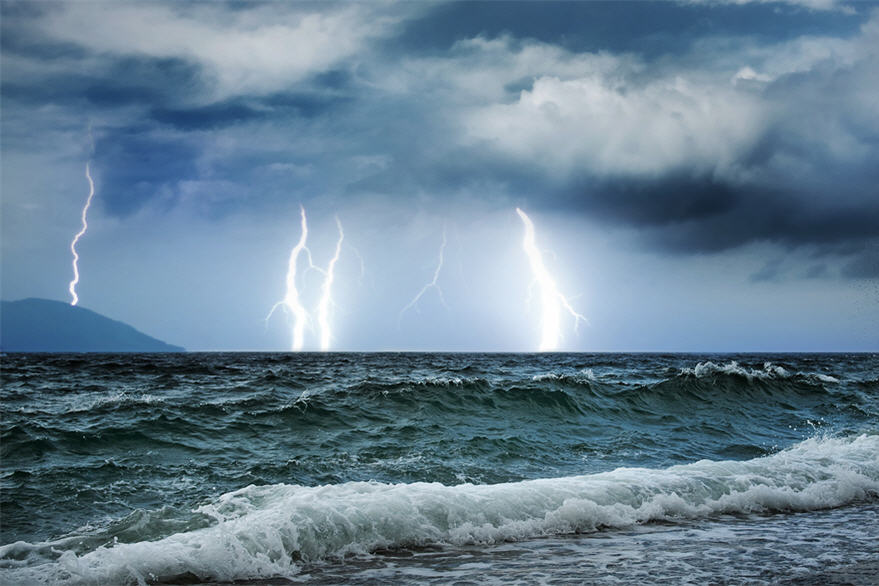Latest News from Wasp (Cumbria) Limited
August 31, 2009
As a Naval Architect it is perhaps no surprise that my main focus on Sustainable Renewable Energy, on behalf of WASP(CUMBRIA)LIMITED, is connected to sea based systems.
There are of course many and varied examples where Engineers have endeavoured to harness the rise and fall of the tide, wave energy or tidal currents to generate a sustainable source of energy. As mentioned in our August News the research we have been carrying out whilst developing our own system into energy from the sea revealed ideas from the early 20th century.
Some of the Patents taken out over the years show a remarkable level of innovation by the Inventors and elements of these early Inventions can be seen to be relevant today. However many of these original and current inventions appear to have a very high Engineering input which in turn has a knock on effect through Design, Manufacture, Installation, Maintenance and Decommissioning. This of course reduces, to a lesser or greater degree depending on the actual system, the ‘Green’ value of the generated power. The more complex the design it follows that the manufacture will be equally challenging and as a result costs increase accordingly.
Whilst not strictly sea based, in so much as they do not derive the energy from the sea, even close to shore offshore wind farms can provide an indication of the problems that are encountered in this environment. Not only is the design of the components demanding, the construction of them has to be to the highest standard. Add to this the difficulty of programming the installation, which requires a suitable weather window, and the requirement to have dedicated equipment on station throughout the installation and it is quite easy to imagine the problems.
Once installed maintenance of the offshore wind farm necessitates the availability of the same dedicated equipment to be on station to carry out the work. Specifically sea based systems deriving energy from the tides, waves or tidal streams are just as demanding but with the added complications of, in many cases, working below sea level.
Some of the surface systems currently in the early stages of operation are highlighting the areas that will need closer attention to detail in order to survive the forces that they are intended to harness. Below surface systems also require considerable development not only in Design but in materials if they are to fulfill their small scale prototype results.
At WASP(CUMBRIA)LIMITED we are developing a system that has a low Engineering demand which will reduce costs throughout Manufacture, Installation, Maintenance and Decommissioning and as a result, we believe, will have a much longer in service timescale compared to other systems. We will however face the same problems as all the present and proposed sea based systems but believe that keeping the Design as basic as possible we can de-risk the system to maximize the ‘Green’ value.
Alan Newton, C Eng, M.R.I.N.A.

